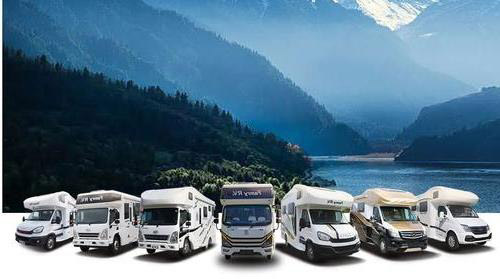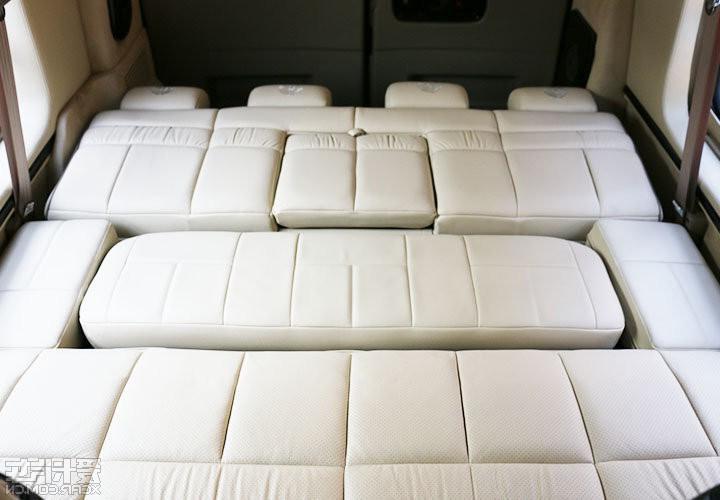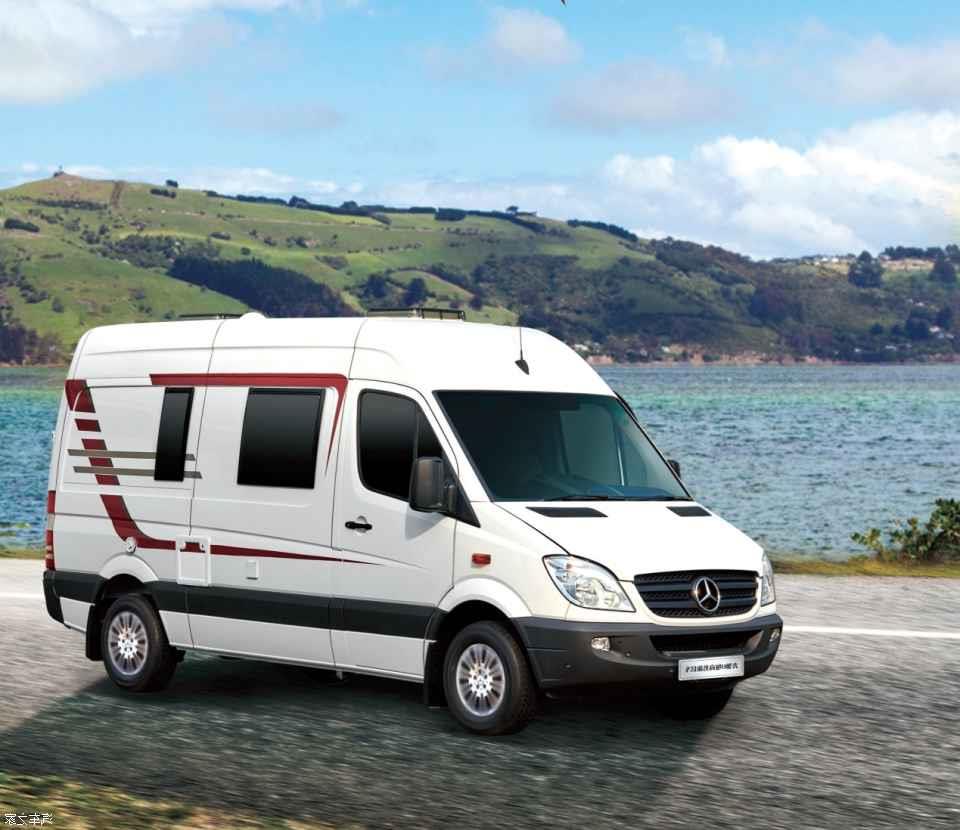Best 50 Amp Rv Surge Protector

Which RV surge protector is best?
RV ‘Surge Protector’ Reviews. Our number one brand choice for your RV power protection is Progressive Industries. The very close runner-up is Southwire. Below are the best RV surge protectors in descending order.
How do I choose an RV surge protector?
Surge protectors come in 30 Amp or 50 Amp versions, so you’ll need to choose the one that goes along with your RV. A 50 Amp surge protector can only be used on a 30 Amp RV if an adapter is used, and vice versa. Otherwise it won’t provide the proper protection.
How many joules do I need for an RV surge protector?
Most surge protectors have protection ranging from 825 to 3,580 joules.
Do you really need a surge protector for your RV?
You need a surge protector to block any power surges that may get sent to your RV. This may be from a lightning storm or a malfunction with the power grid. That surge of electricity will do a lot of damage to any appliance or electronic equipment that is plugged in.
Do you need a surge protector on your RV?
RV owners should get a basic surge protector for smaller, less complicated RVs, and consider using an EMS protector for larger or more complicated RVs. A basic surge protector protects your RV from an electrical surge that can be sent through the power pedestal, usually in the form of a lightning strike.
Are all RV surge protectors the same?
There are two major types of surge protectors: regular surge protectors and electronic management systems. Both protect your RV’s electronics, but they differ slightly. Surge protectors offer protection from high voltage.
Are RV surge protectors waterproof?
RV surge protectors are rated by the manufacturer as water-resistant, meaning that they can withstand some rain and wind. However, the surge protector is not waterproof and must not be submerged in water.
How do I keep my RV surge protector from being stolen?
What is the difference between a surge protector and an EMS?
A surge protector will guard against power spikes that could potentially damage your electrical components and will alert you to improperly wired shore power. An EMS will detect a drop in voltage that is below ideal and shut off power to your camper, thereby saving any electrical components hooked into the power grid.
Can I plug my 30 amp surge protector into a 50 amp?
You just plug the 30-amp side of the dogbone adapter into the 30-amp pedestal outlet, and the 50-amp surge protector into the 50-amp side of the dogbone adapter, and your 50-amp Shore Power Plug on the RV goes into the EMS surge protector.
Are some surge protectors better than others?
A higher joule rating is the best indicator of greater protection. Choose a surge protector with a joule rating at the very least in the 200 to 400 range. Sensitive or costly equipment, such as computers, displays and audio/video equipment, warrants a joule rating of at least 1000.
What is the lifespan of a surge protector?
Most estimates put the average lifespan of a surge protector at three to five years. And if your home is subject to frequent brownouts or blackouts, you might want to replace your surge protectors as often as every two years.
Are surge protectors necessary?
Surge Protectors Are Necessary For Some Devices They’ll usually survive a power surge anyway. A sudden voltage surge can damage these delicate parts. That’s why a surge protector is a great choice: they can prevent damage from high voltage occurring and the component is surprisingly inexpensive.
What does reverse polarity mean on an RV surge protector?
What is reverse polarity? Simply put, it’s when the hot wire and neutral wire have been swapped. This can be caused by improper wiring of a pedestal, or if an RV with reverse polarity plugs into a pedestal—the latter of which could cause reverse polarity on all linked pedestals—and the result could be dangerous.
How much does an RV surge protector cost?
Before you buy a 30-amp RV surge protector Most electrical management systems shut off automatically if voltage goes above or below safe levels. A surge protector can cost between $80-$150, whereas an EMS will cost you $200 or more.
How do I protect my RV power cord from rain?
Can I use a surge protector outside?
While there are power strips that are designed for outdoor applications, unless your strip’s packaging specifically says it’s suited for outdoor use, it’s not designed to stand up to weather and water.
Do RV surge protectors get stolen?
If you use a surge protector when you plug in your RV (you absolutely should!), it’s a good idea to secure it so a thief can’t steal it. Most times, you can simply use a padlock that will fit through a hole in the electrical pedestal cover.
How do you hook up an RV surge protector?
What kind of surge protector do I need for an RV?
Our top pick is the Progressive Industries EMS-HW30C. It’s a combination of an EMS and a surge protector to offer better electrical protection to your recreational vehicle. If you are looking for a cheaper option, consider the Camco PowerDefender Circuit Analyzer that offers basic protection to your travel trailer.
How do I protect my RV electrical system?
What is an EMS for RV?
Electrical Management System (EMS) helps to protect your RV against voltage fluctuations, power surges and incorrectly wired shore power which can cause sever and costly damage to RV appliances and electronics.
What is the difference between 30 amp and 50 amp RV hookup?
A 30 amp plug has three prongs – a 120 volt hot wire, a neutral wire and a ground wire – and is generally used on RVs with lower load requirements. A 50 amp plug has four prongs – two 120 volt hot wires, a neutral wire and a ground wire – that supply two separate 50 amp, 120 volt feeds.
Is a 50 amp RV plug 110 or 220?
A 50 amp RV plug is neither 220V nor 110V. An RV plug usually has two prongs that have 120 Volts each. What we are saying here is that the two parts of the plug both offer separate 50 Amp/120V and a total of 240V. A 50 Amp RV plug is 220 Volts only if it has four prongs.
What wire do you use for 50 amps?
50 AMP Wire Size For a maximum of 50 amps, you’ll need a wire gauge of 6. Fifty amp breakers are most often used to power many different appliances. However, a kitchen oven can alone require 50 amps. Many electric dryers also require a 50 amp breaker.








